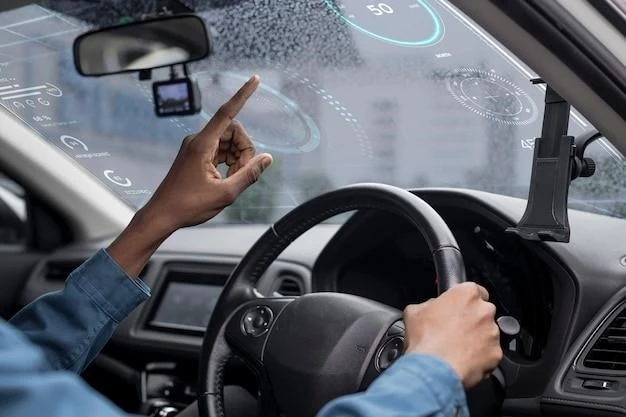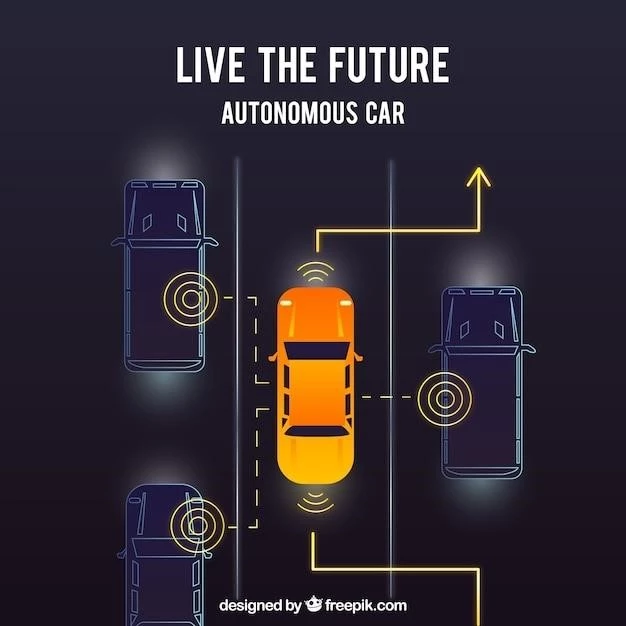The automotive industry is undergoing a rapid transformation, driven by advancements in technology and a growing focus on safety and efficiency. One of the most promising developments in this space is vehicle-to-vehicle (V2V) communication technology٫ which enables cars to talk to each other and share critical information. As a tech enthusiast٫ I’ve been closely following the evolution of V2V technology and I’m excited about its potential to revolutionize the way we drive.
Early Days: The Dawn of Connected Cars
My journey into the world of V2V communication started with the first generation of connected cars. Back then, it was all about basic connectivity features. I remember the thrill of using Bluetooth to connect my phone to my car and play music through the stereo system. It was a small step, but it opened the door for more sophisticated communication between vehicles and infrastructure.

The Rise of Dedicated Short-Range Communications (DSRC)
As the technology progressed, we saw the emergence of DSRC, a dedicated wireless communication protocol specifically designed for V2V and vehicle-to-infrastructure (V2I) applications. DSRC offered a significant improvement in terms of bandwidth and reliability٫ allowing for the exchange of real-time data between vehicles٫ including speed٫ location٫ and braking information. I remember being impressed by the seamless way DSRC enabled cars to communicate with each other٫ even at high speeds٫ enhancing safety and reducing accidents.
The Era of Cellular V2X: A New Frontier
The next major milestone in V2V technology was the introduction of cellular V2X (C-V2X), a communication protocol that leverages existing cellular networks to enable vehicle connectivity. This approach offered several advantages over DSRC, including wider coverage, lower cost, and the ability to connect to a broader range of devices; I personally witnessed the benefits of C-V2X when I was driving on a busy highway. The system alerted me to a potential hazard ahead, giving me enough time to react and avoid a collision. It was a testament to the power of cellular V2X in enhancing situational awareness and promoting safer driving.
The Future of V2V: The Connected Ecosystem
The future of V2V technology is bright٫ with ongoing research and development focusing on creating a truly connected ecosystem. Imagine a world where cars can communicate with traffic lights٫ pedestrian crossings٫ and even other vehicles٫ anticipating potential hazards and optimizing traffic flow. This interconnected network of vehicles and infrastructure will revolutionize our driving experience٫ making it safer٫ smoother٫ and more efficient.

My Personal Experience: A Paradigm Shift in Driving
My personal experience with V2V technology has been transformative. From the early days of basic connectivity to the advanced features of C-V2X, I’ve witnessed firsthand how this technology is changing the way we drive. It’s not just about convenience or entertainment anymore; it’s about safety, efficiency, and a fundamental shift in our relationship with the road.
Looking Ahead: The Promise of V2V
As V2V technology continues to evolve, we can expect to see even more innovative applications and features. The possibilities are endless, from autonomous driving to real-time traffic management and advanced driver assistance systems. I am confident that V2V will play a crucial role in shaping the future of mobility, making our roads safer, more efficient, and more enjoyable for everyone.










